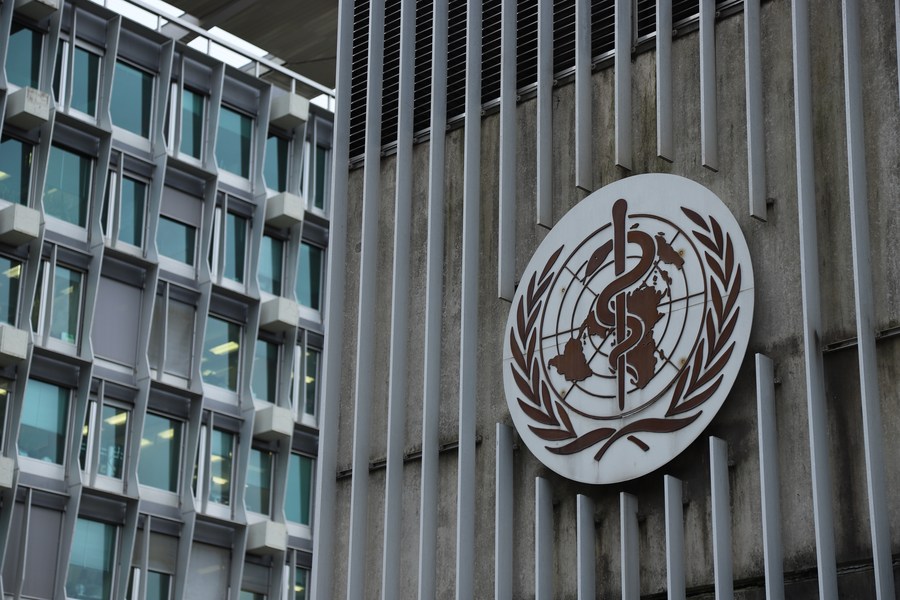WHO-China team suggests continuing to search early COVID-19 cases around the globe
The World Health Organization (WHO) and China joint team has suggested continuing to look for possible early cases in a wider range around the globe.
The World Health Organization (WHO) and China joint team has suggested continuing to look for possible early cases in a wider range around the globe.

Photo taken on Jan. 30, 2020 shows the headquarters of the World Health Organization (WHO) in Geneva, Switzerland. (Xinhua/Chen Junxia)
Liang Wannian, a member of the WHO-China joint team, made the remarks at a briefing to European diplomats on the origin of the novel coronavirus on Friday.
Liang said that China overcame the pressure of domestic epidemic prevention to work with the WHO to do the research of tracing the origins of the novel coronavirus. Chinese experts and the WHO experts worked together in Wuhan from Jan. 14. to Feb. 10 this year.
They visited nine places, including Wuhan Jinyintan Hospital, Huanan seafood market, and the Wuhan Institute of Virology under the Chinese Academy of Sciences. The team also visited and talked with local medical workers, lab researchers, scientists, market managers, community workers, recovered patients, and families of medical workers losing their lives in the epidemic, he added.
The joint study has achieved positive outcomes and reached some findings and conclusions, thanks to efforts from the two sides, Liang said.
Firstly, a coronavirus with high similarity to the novel coronavirus in gene sequences occurs in bats and pangolins. But the similarity is still not enough to make it a direct ancestor of the novel coronavirus. Other species all could be potential natural hosts.
Secondly, the first case in Wuhan got sick on Dec. 8, 2019. The Huanan seafood market could be an outbreak site and amplifier of the COVID-19 epidemic.
Thirdly, the virus was found in environmental tests at the Huanan seafood market after its closure, especially in its aquatic product stalls. The coronavirus at the market might have been introduced through channels such as infected people, contaminated cold chain products, and animal products, but it is still uncertain.
The COVID-19 virus is "the most likely" to be introduced through an intermediary host species, "likely" to be introduced through direct transmission or cold-chain food, and "extremely unlikely" to be introduced through a laboratory incident, according to the joint study.
In terms of future study, Liang said that the joint study proposed four suggestions, and the first one is to expand globally unified database, including molecule, gene sequence, clinic, epidemiology, animal monitoring and environmental monitoring data.
The second suggestion is to continue to look for more possible early cases in a wider range around the globe.
The third one is that scientists around the world should search animal species that may become virus hosts in many countries and places, not limited to bats, and the last one is to further understand the role of cold chain and frozen food in virus transmission.

